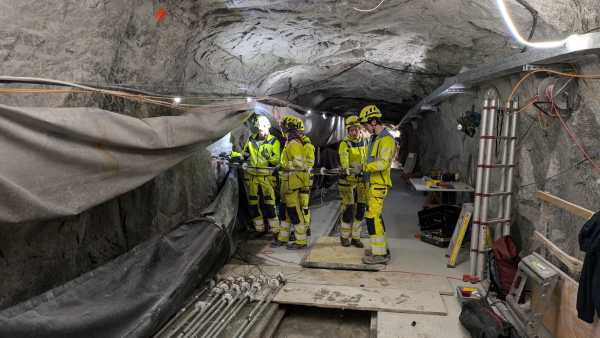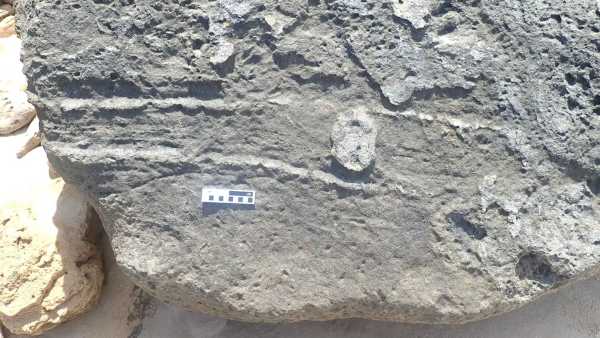
Several small earthquakes have hit Santorini. (Photo credit: © Allard Schager via Getty Images)
Minor tremors in Santorini have raised fears of a potential volcanic eruption on the Greek island.
Experts and members of the public gathered at the Greek Ministry of Climate Crisis and Civil Protection on Wednesday (January 29) to discuss the recent increase in seismic activity on Santorini, an Aegean island located around a flooded volcanic caldera, the Associated Press reported. The increase in seismic events is concentrated on the northern edge of the caldera, they said.
Seismic activity has been rocking the island in recent weeks. The Santorini seismic station, operated by the Aristotle University of Thessaloniki, recorded at least 39 small earthquakes, mostly of magnitude 3.5 or lower, on Friday (January 31).
The island's current shape was formed by the Minoan eruption around 1600 B.C. — one of the most significant volcanic eruptions in history, according to the Lamont-Doherty Earth Observatory in New York. The event may have inspired legends of the lost city of Atlantis, which supposedly sank beneath the sea.
The volcano has experienced similar periods of activity before, without erupting. According to the Smithsonian National Museum of Natural History's Global Volcanism Program, there was also seismic activity between 2011 and 2012, related to magma movement beneath the surface. This preceded a period of subsidence of the small island of Nea Kameni at the center of the flooded caldera.
The volcano last erupted in 1950, a relatively small event that produced a lava dome and ash clouds that shot hundreds of feet into the air. An eruption in 726 AD is said to have caused the sea to bubble up and sent chunks of pumice flying as far as 250 miles (400 kilometers). The volcano has long been a source of concern: a 2024 study found that it erupted more than half a million years ago, spewing a whopping 21.6 cubic miles (90 cubic kilometers) of rock and ash.
Scientists do not expect the current unrest to lead to such a significant eruption.
“We have to understand that the Santorini volcano erupts powerfully every 20,000 years,” Efthymios Lekkas, a seismologist and head of the scientific committee monitoring the Hellenic Volcanic Arc, told Greek television station ERT on Thursday (January 30), according to the Associated Press. “It’s been 3,000 years since the last explosion, so we still have a long time before we see a major eruption.”
According to the AP, Lekkas met with the deputy minister responsible for disaster relief, the head of Greece's fire service and local representatives.

Stephanie PappasNavigate Social LinksLive Science Contributor
Stephanie Pappas is a freelance writer for Live Science, covering topics ranging from geoscience to archaeology to the human brain and behavior. Previously a senior writer for Live Science, she is now a freelance writer based in Denver, Colorado, and a regular contributor to Scientific American and The Monitor, a monthly publication by American
Sourse: www.livescience.com





